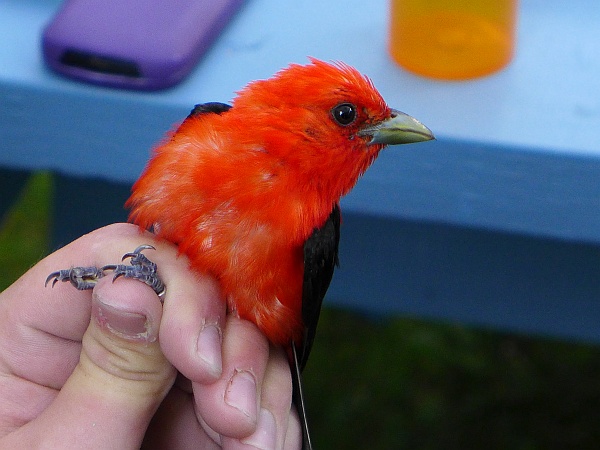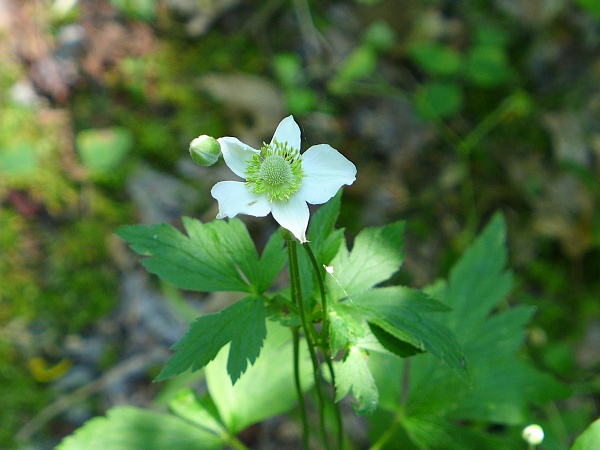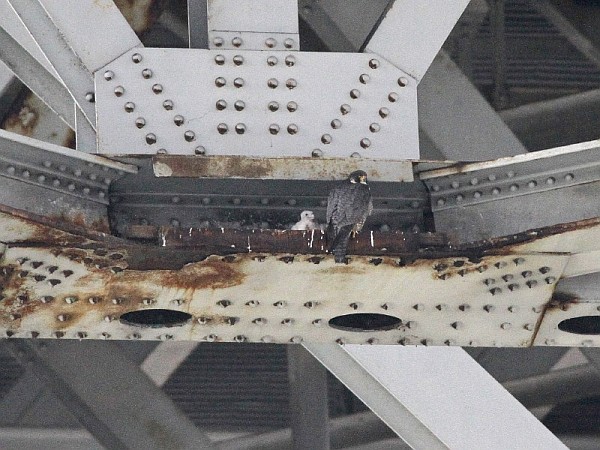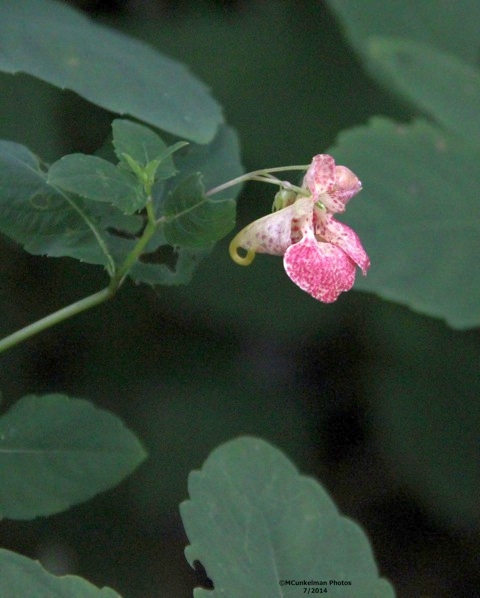
Yo! says this wet northern cardinal. She was about to be banded at Marcy Cunkelman’s last Saturday.
After a week of gorgeous weather July 19 brought all day rain. At 7:00am Bob Mulvihill (lead bander), Matt Webb, Amy Feinstein and Becca Ralston were all set up for the National Aviary’s Neighborhood Nestwatch bird banding. Here they are in a photo from Marcy. It was only drizzling at that point.

I arrived around 7:30am and soon there were 14 of us under the shelters. The birds were wet, we were wet, but we were all well fed at Marcy’s delicious buffet. During downpours we closed the nets and watched the weather radar on our cellphones.
The target species were eight classic backyard birds — robin, cardinal, mockingbird, catbird, chickadee, song sparrow, Carolina wren, house wren — but Marcy’s yard had many more than that.
Highlights included this immature male northern cardinal. He’s being given something to bite so he’ll stop complaining. This is safe to do with immature cardinals because they don’t have the gripping power of adults. His bite is a tight pinch but not painful — I know from experience. Look closely at the top of his beak and you’ll see a bulge on his upper mandible. That’s avian pox, a common contagious ailment among birds. (Humans are not at risk.) Bob said it looked like his pox was healing and would fall off.

Our Best Bird! This beautiful male scarlet tanager was a big surprise because the nets were set up by the bird feeders and scarlet tanagers aren’t “feeder” birds. They normally stay high in the trees eating fruit but the rain brought him lower, trying to stay dry. (He was soaked just like we were.) He was probably caught when he tried for the fruit on Marcy’s viburnum shrubs near the feeders.

Red-eyed vireos were caught for similar reasons. Here are two males showing off their red eyes.

Becca stroked the birds to keep them calm. This red-eyed vireo responded by bending over backwards. Who knew they could do this!

Here Marcy holds a red-eyed vireo just before she releases it. We were all as wet as the birds but happy to be with them.

The tally for the day was 67 birds. It was a great day for bird lovers despite the rain.
Thanks to all!
(Banders’ photo by Marcy Cunkelman. All other photos by Kate St John)


















